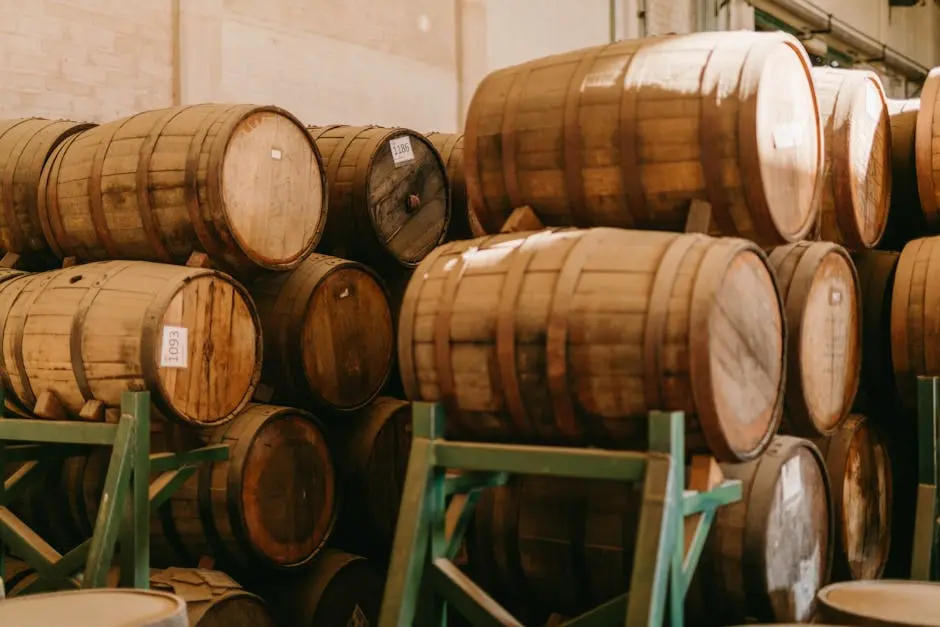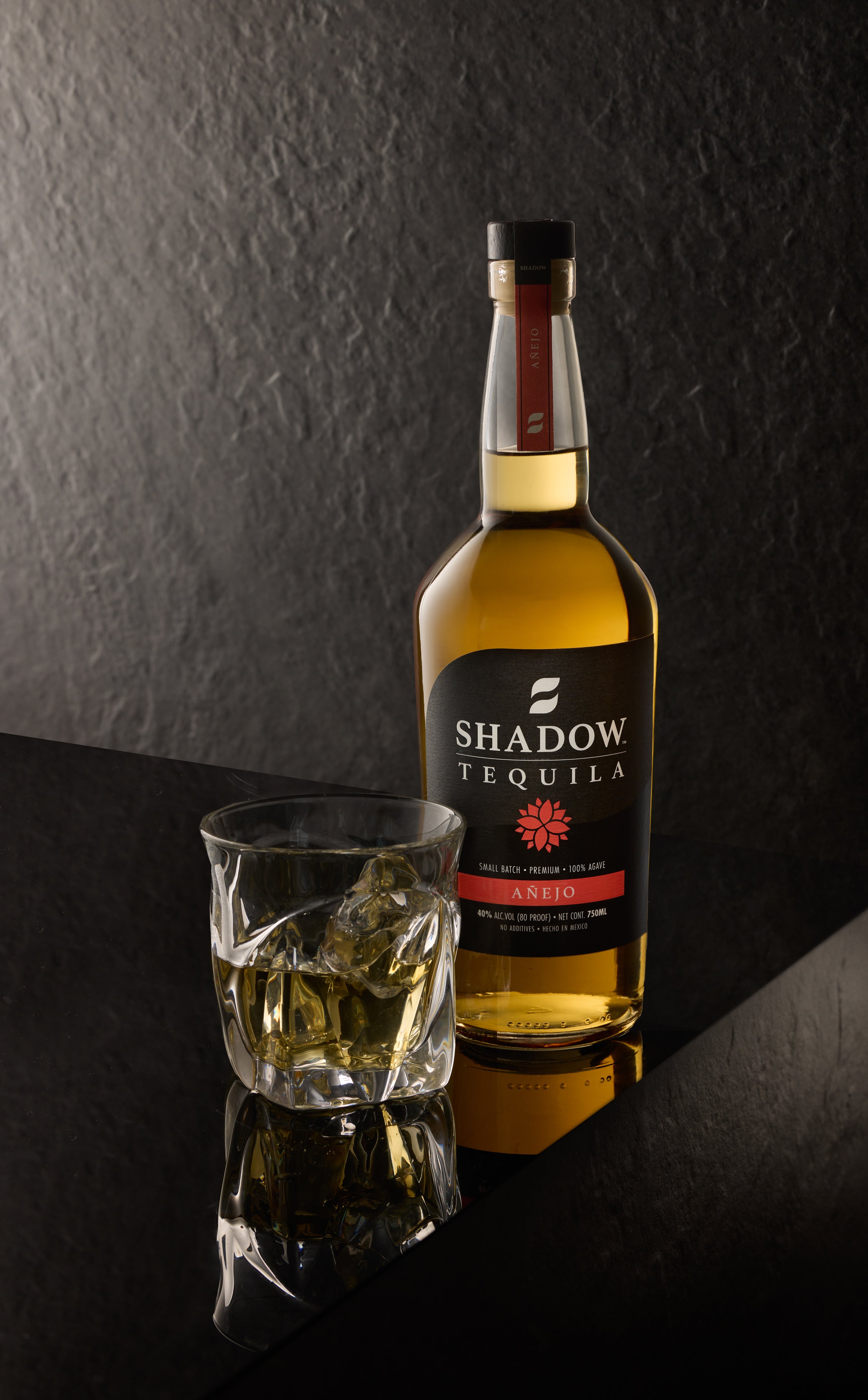Welcome to the vibrant and flavorful world of Mexican tequila! This guide is designed for beginners who want to learn about tequila, from its rich history to how to enjoy it. Whether you’re sipping it straight or mixing it in a cocktail, understanding tequila can enhance your experience. Let’s dive in and explore what makes this spirit so special!
What is Tequila? A Brief Overview
Tequila is a distilled spirit made from the blue agave plant, primarily produced in the region surrounding the city of Tequila in Mexico. This section will outline what distinguishes tequila from other spirits.
Unlike other spirits, which can be made from various grains or fruits, tequila must be made exclusively from the blue agave plant along with strict regulations governing its production. This unique ingredient gives tequila its distinctive flavor and character. The distinction doesn’t stop there; tequila can only be produced in designated areas of Mexico, primarily in the states of Jalisco, Guanajuato, Michoacán, Nayarit, and Tamaulipas.
The production process is a complex art form, beginning with the harvesting of the agave plants, which can take up to a decade to fully mature. Once harvested, the hearts of the agave, known as piñas, are cooked and then fermented. It’s this meticulous process that contributes to the diverse range of flavors and aromas found in tequila.
The Rich History of Tequila
Tequila has a storied history dating back to the 16th century. We’ll explore how the Spanish colonial period influenced its production and how tequila evolved into the beloved spirit it is today.
Initially, indigenous people fermented agave sap into a milky beverage called pulque, but when the Spanish settlers arrived, they introduced distillation, which transformed this traditional drink into what we now know as tequila. The first written reference to tequila dates back to the 1600s, pointing to its longstanding presence in Mexican culture.
As tequila gained popularity, particularly in the 19th century, it became a symbol of national pride. Thus, the establishment of the Denomination of Origin in the 20th century was a significant step in protecting the integrity of this iconic spirit. Today, tequila is celebrated worldwide for its unique flavors and cultural significance.
In the past few decades, tequila has evolved from a party drink into a sophisticated spirit enjoyed by connoisseurs. This increasing interest has led to innovative distillation methods and the rise of premium brands, each striving to create unique expressions that capture the essence of Mexico.
Different Types of Tequila
Tequila comes in several varieties including Blanco, Reposado, and Añejo. In this section, we will break down each type, discussing the aging process and flavor profiles that set them apart.
Blanco, often referred to as silver tequila, is unaged and bottled immediately after distillation, resulting in a bright, crisp flavor that showcases the natural essence of the agave. Many enthusiasts prefer it for cocktails, as it mixes beautifully with various ingredients.
Reposado, which means ‘rested,’ is aged in oak barrels for a minimum of two months, but less than a year. This aging imparts a softer, more rounded flavor with hints of vanilla and spice. Reposado is highly versatile—it can be enjoyed neat or used in cocktails for a more complex taste.
Añejo, translating to ‘aged,’ spends at least one year in barrels, often resulting in a deep amber color and a rich, velvety texture. The aging process highlights flavors such as caramel, oak, and dried fruit, creating a sipping tequila that is best enjoyed straight to appreciate its depth.
For those who like things even older, Extra Añejo is aged for over three years, offering an unparalleled richness and smoothness. Understanding these distinctions can help you select the perfect tequila for any occasion.
How to Taste and Enjoy Tequila
Learning to properly taste tequila can elevate your appreciation for this spirit. This section will provide tips on how to taste tequila, the best glassware to use, and pairing suggestions.
To truly savor tequila, begin by selecting a proper glass. A wide-bowled glass, like a snifter or a copita, allows for better aeration and enhances the experience. Begin by observing the color, noting the hues that vary with age. Next, take a moment to inhale the aromas—floral, fruity, and earthy notes can often be detected.
When you’re ready to taste, take a small sip and hold it in your mouth for a moment to appreciate the complexity of flavors. Remember, tequila is not just about drinking; it’s about experiencing. Ideal pairings, from spicy foods to sweet desserts, can complement and elevate the tasting experience.
Lastly, don’t forget that the temperature also plays a crucial role in enjoying tequila. While some prefer it chilled, others enjoy it at room temperature to fully experience its nuances. Whatever your preference, take your time. Each sip is a new adventure.
Tequila Cocktails: Getting Creative
Tequila isn’t just for sipping; it’s a key ingredient in many delicious cocktails. This section will cover some classic tequila cocktails and even some unique twists that you can try at home.
The classic Margarita, with its refreshing blend of tequila, lime juice, and triple sec, is a staple that many adore. Experimenting with flavored variations, such as mango or jalapeño, can add an exciting twist to this timeless drink. Pair it with a salt rim for that traditional touch!
For a slightly different experience, try the Paloma—a simple concoction of tequila and grapefruit soda that is refreshing and perfect for summer days. Its lightness makes it an excellent choice for casual gatherings.
If you’re in the mood for something more adventurous, a Tequila Sunrise with its vibrant mix of tequila, orange juice, and grenadine can be a showstopper at any party. Adding a splash of fresh fruit can elevate this cocktail to new heights.
Finally, consider creating your own signature cocktail! Mixing tequila with herbal infusions or combining it with unexpected ingredients can lead to delightful surprises. This creativity is part of the joy that tequila brings—so have fun and experiment!
Tips for Buying Quality Tequila
With so many options available, it’s important to know how to select quality tequila. We’ll provide tips on what to look for on the label and recommendations for brands to consider.
First, always check for the term ‘100% agave’ on the label. This indicates that the tequila is made entirely from blue agave without any additives, ensuring a more authentic taste. Be cautious with lower-priced options that may contain added sugars or flavorings.
Next, explore different brands. Reputable producers like Don Julio, Patron, and Herradura are celebrated for their quality. However, don’t shy away from local distilleries, which often produce unique expressions of tequila that deserve a spot on your shelf.
As you navigate the aisles, take the time to read reviews and explore tasting notes online. This research can guide you towards the best choices based on your personal taste and preferences. Remember, a good tequila can make all the difference in your drinking experience.
Cheers to Your Tequila Journey!
Now that you have a solid understanding of Mexican tequila, from its fascinating origins to the different types and how to best enjoy it, you’re ready to embark on your tequila journey. Remember to drink responsibly and savor every sip. Cheers to new adventures in flavor!







